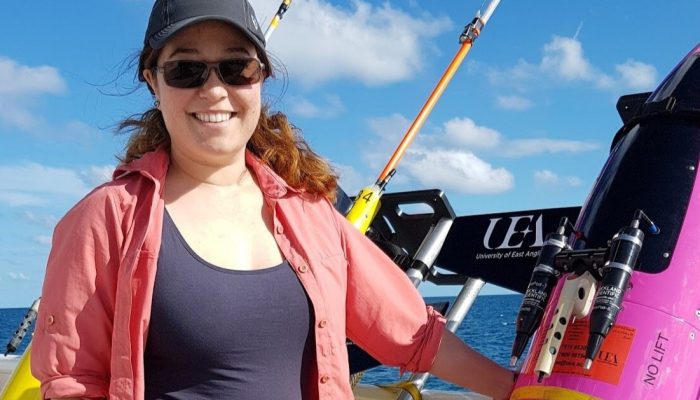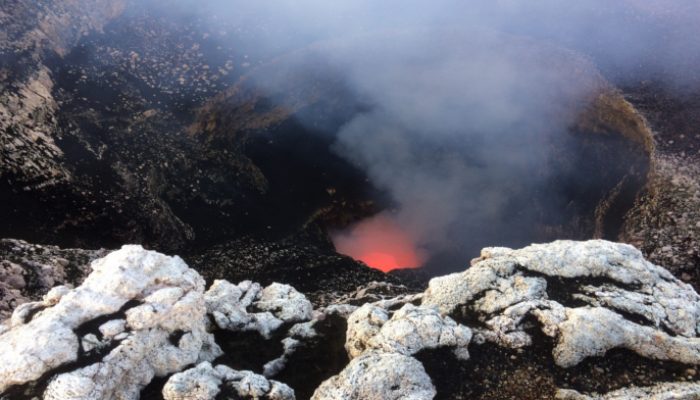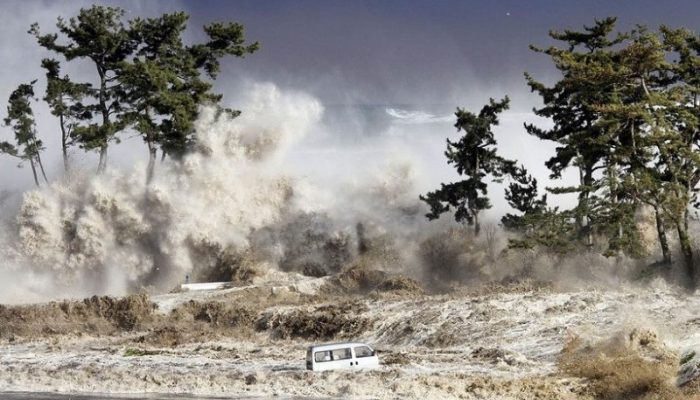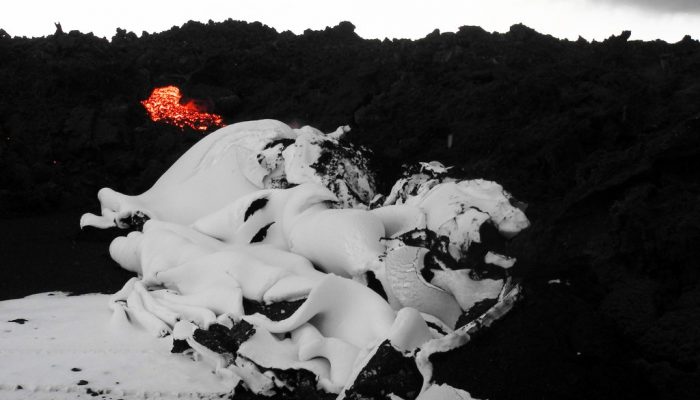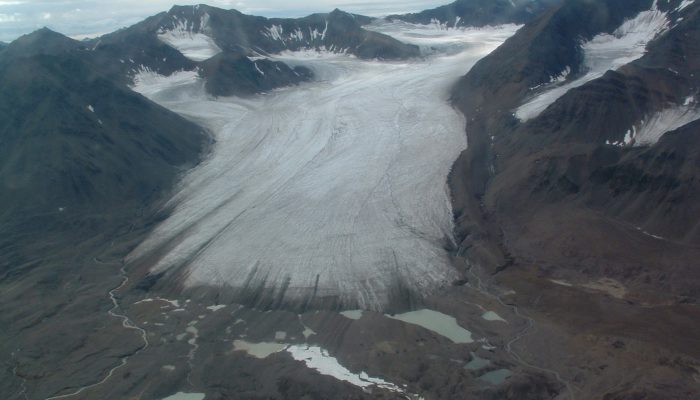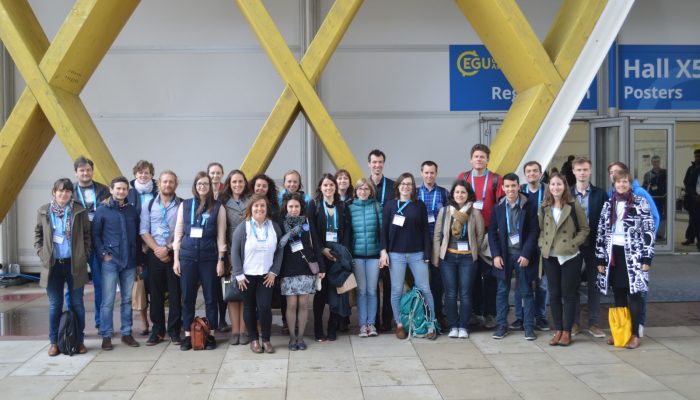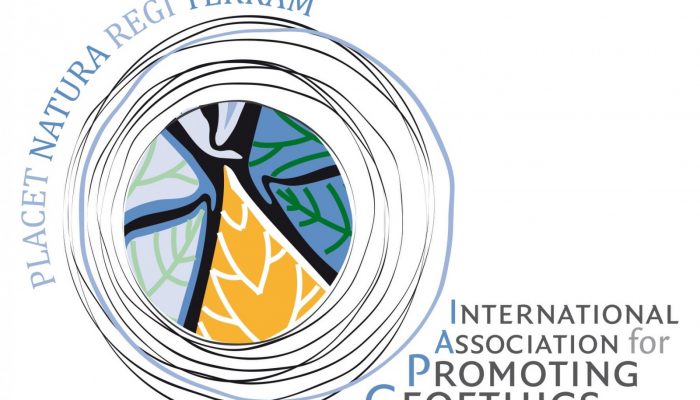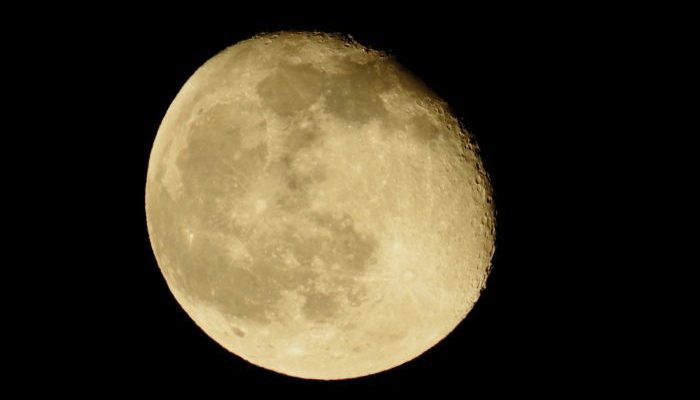Geotalk is a regular feature highlighting early career researchers and their work. Following the EGU General Assembly, we spoke to Eleanor Frajka-Williams, the 2017 Ocean Sciences Division Outstanding Early Career Scientists awardee. In her work, Eleanor uses real-world measurements – from ships, satellites, sea gliders and moorings – to understand how the world’s oceans work. In today ...[Read More]
If you didn't find what you was looking for try searching again.
Geochemistry, Mineralogy, Petrology & Volcanology
Living with volcanic gases
Professor Tamsin Mather, a volcanologist in Oxford’s Department of Earth Sciences reflects on her many fieldwork experiences at Masaya volcano in Nicaragua, and what she has learned about how they effect the lives of the people who live around them. Over the years, fieldwork at Masaya volcano in Nicaragua, has revealed many secrets about how volcanic plumes work and impact the environment, ...[Read More]
Geology for Global Development
How deep-seated is bias against scientists in the Global South? Can we attribute individual disasters to climate change? Find out in Jesse Zondervan’s Dec 20 – Jan 24 2018 #GfGDpicks #SciComm
Each month, Jesse Zondervan picks his favourite posts from geoscience and development blogs/news which cover the geology for global development interest. Here’s a round-up of Jesse’s selections for the last four weeks: If we want to solve the world’s problems, we need all the world’s scientists. Social Entrepreneur Nina Dudnik speaks out against prejudice towards scientists in the developing world ...[Read More]
GeoLog
Imaggeo on Mondays: Snow folded by advancing lava
The photograph shows the interaction of the first snow and an active lava flow during the 2014 / 2015 Holuhraun eruption in Iceland. The first snow fell onto a ground covered by fine black ash on 26 September 2014. While the meter thick lava flow advanced a few meters per day, it neither melted the snow nor flowed on top of it. Instead, it pushed a layer of centimetre-thick snow and millimetre-thi ...[Read More]
GeoLog
Geopolicy: How does scientific uncertainty translate into policy?
Scientific uncertainty is one of the only things in science that is certain. It’s found in complex modelling systems, in the unpredictability of natural processes and even when there seems to be scientific consensus, a new scientific discovery can recreate ambiguity. But how do policymakers deal with scientific uncertainty when they are making decisions? Policymakers deal with and use scientific u ...[Read More]
Cryospheric Sciences
Image of the Week – Microbes have a crush on glacier erosion
Glacier erosion happens at the interface between ice and the ground beneath. Rocks are ground down to dust and landscapes shaped by the flowing ice. While these might be hotspots for erosion, the dark and nutrient-poor sites are unlikely environments for biological activity. However, experiments suggest there may be novel sources of energy powering subglacial microbial life… Where there is water, ...[Read More]
Geodynamics
Work-life balance: insights from geodynamicists
Maintaining a good work-life balance is essential for a steady career and happy life in academia. However, like with all good things, it is not easy. In this new Wit & Wisdom post, Jessica Munch, PhD student at ETH Zürich, explores how to achieve a good work-life balance. Research is a truly amazing occupation, especially in geodynamics (okay, that might be a bit biased…). However, disre ...[Read More]
GeoLog
Get involved: become an early career scientist representative
Early career scientists (ECS) make up a significant proportion of the EGU membership and it’s important to us that your voices get heard. To make sure that happens, each division appoints an early career scientists representative: the vital link between the Union and the ECS membership. After tenure of two or four years, a few of the current ECS Representatives are stepping down from their post at ...[Read More]
Natural Hazards
Ethics and Geosciences: discovering the International Association for Promoting Geoethics
Geoscientists do not have to deal only with technical matters, but have to think also about the ethical implications related to their discipline. To increase the awareness of researchers on the ethical aspects of their activities, it has been created the International Association for Promoting Geoethics (IAPG). To better understand what geoethics and the IAPG are, we interviewed Silvia Peppoloni, ...[Read More]
GeoLog
Imaggeo on Mondays: Decreasing Moon
This picture shows the decreasing Moon on May 6, 2015, two days after the full Moon, as viewed from Hamburg, Germany. There are still 96.4% of the lunar front illuminated. The Moon does not glow on its own, but its surface reflects the sunlight. The Sun always illuminates a complete half of our natural satellite, which, in its orbit around our planet, always turns its face (which we see at full Mo ...[Read More]

